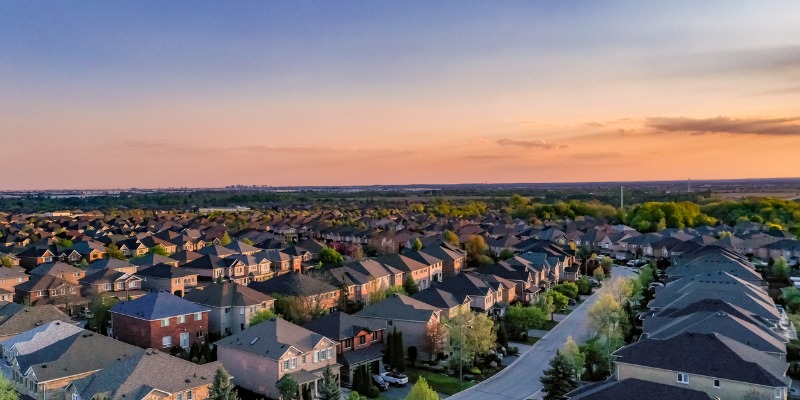Ontario government can accelerate housing supply—without eroding public trust

According to the Ontario auditor general’s new report, which dissects the Ford government’s plan to allow housing in parts of the Greenbelt (a two million-acre band of protected rural land surrounding the Greater Toronto Area), the government’s site selection process “was not transparent, fair, objective, or fully informed.”
While the report’s conclusions obviously deserve attention, the province’s fundamental problem remains—Ontario needs more housing, and lots if it.
Due to decades of underbuilding and growing demand, spurred most recently by the province’s record-breaking population growth, Ontario faces a generational shortage of housing. The government’s Housing Affordability Task Force estimates 1.5 million homes must be built over a decade to close the housing gap, while the Canada Mortgage and Housing Corporation (CMHC) suggests even more housing will be required to restore some semblance of affordability in Canada’s largest province.
In response, the Ford government has accelerated efforts to make housing easier to build, tabling a series of bills and policies including the Greenbelt plan, which redesignates 7,400 acres to allow the construction of 50,000 homes (under condition that construction starts by 2025). Seen in this light, the Ford government’s desire to act big and fast is proportional with the scale of the problem.
Unfortunately, the government’s treatment of the Greenbelt plan, as described in the auditor general report, has likely undermined this goal. Whenever the government announces the next big policy to accelerate housing (and rest assured, much more is needed to meet Ontario’s housing needs), the plan will likely face additional scrutiny, additional delays and questions about integrity.
But there’s good news. With the right policies, the Ford government can help boost the housing supply without compromising the trust of Ontarians. For example, it could look to Nova Scotia where historically high population growth and eroding affordability prompted the government to strike its own task force and subsequently (and rapidly) implement key policies including the designation of 10 “special planning areas” in the Halifax Regional Municipality where the province has the authority to fast-track approvals.
Unlike the Ford government’s site selection process in the Greenbelt, which was heavily criticized in the auditor general’s report, a third party oversaw the selection of Nova Scotia’s special planning areas based on clear publicly-available criteria. If all goes to plan, more than 22,000 units will be “shovel ready” between 2022 and 2024—more than twice the typical number of homes approved not just in Halifax but across Nova Scotia over a similar period. Back in Ontario, many of the recommendations made by its task force remain unimplemented, offering ready-made options to meaningfully boost supply.
Of course, no solution to Ontario’s (and indeed Canada’s) housing crisis will be palatable for everyone. In fact, the most meaningful solutions are also the least politically popular—hence the perennial foot-dragging and cosmetic performance art at all levels of government. The Ford government, it seemed, had the courage to face the fire and push back on opponents to homebuilding by proposing far bolder policies than any of its predecessors. And Ontarians may have given the government the benefit of the doubt, given the total collapse of affordability provincewide. But after apparently fumbling its initial plans for the Greenbelt, it will need to work hard to re-establish trust among Ontarians to solve Ontario’s most intractable problem. Solutions exist, but they must be properly applied.
Author:
Subscribe to the Fraser Institute
Get the latest news from the Fraser Institute on the latest research studies, news and events.

